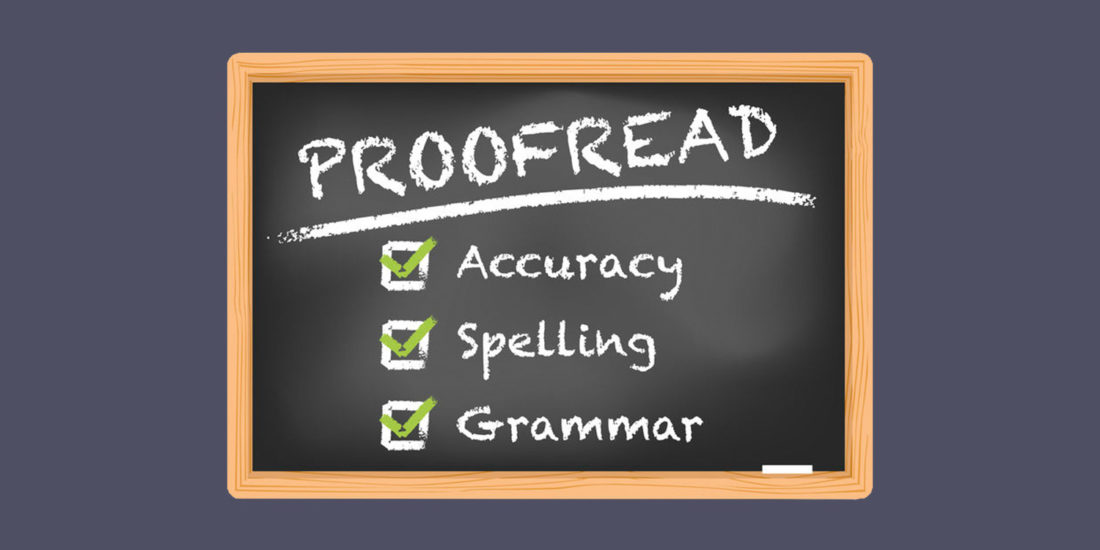I hope that this week finds you all safe and healthy and enjoying some possible catch-up time for writing. This week’s blog is going to be fairly short and about a very mundane topic: proofreading!
A basic rule for publication
While there are many rules to remember when it comes to getting published, some of which have been the topic of earlier blogs such as meeting aims and scope and avoiding plagiarism, the most basic is to make sure that you use correct grammar, including punctuation and spelling. A good academic paper has no errors in these areas.
But I use Word for checking grammar and spelling!
The spelling and grammar functions in Word are not foolproof, but they are good. Word will catch many errors such as using the wrong spelling, but it will not always distinguish between homophones (words that sound the same, but are spelled differently, such as too, to and two). For instance, my spellcheck allowed "I have to books on my shelf" without alerting me of the incorrect use of "to". It is important that you don’t ignore those squiggly lines showing something might be wrong, but you do need to check in other ways as well.
Word's ability to use either US or British English spelling is one that you should use. The IAFOR Journal of Education accepts either English (United Kingdom) or English (United States) spelling, but only with the stipulation that you are consistent throughout your paper. For instance, by using "colour" and elsewhere "favorite", this would be an inconsistent use of a "language" spelling convention. Most of us have Word set to our preferred "language": mine is set for English (Australia). If you wish to be consistent, when you proofread your work it is a good idea to check the setting for United States or United Kingdom and see if any spelling errors are highlighted with a squiggly line. You can then make corrections more easily.
Proofread your work
Proofreading is a must for any serious writer. You need to carefully read your work to find any mistakes that you may have made. However, it is a well-known fact that if we proofread immediately after writing, we see what we expect to see rather than what is sometimes there. It is important to leave time in your publication writing to come back after two or three days, to proofread your work when your mind has not been dwelling on the paper for a long time.
Four, or more, eyes are better than two
To better check your work for errors, it is good practice to have another person also proofread your work. If you know that you are not a good speller, if English is not your first language, or you know that you often write long complicated sentences that would be better as two or three sentences (such as this one!), then having someone else check will assist you. You can also use this person to comment on whether you have made yourself clear, rather than just using them to check for errors.
There is a common saying in carpentry: "measure twice, cut once". In writing, perhaps we should all adopt "proofread twice, submit once" as a minimum rule of thumb.
Yvonne
Dr Yvonne Masters
Editor-in-Chief
IAFOR Journal of Education

